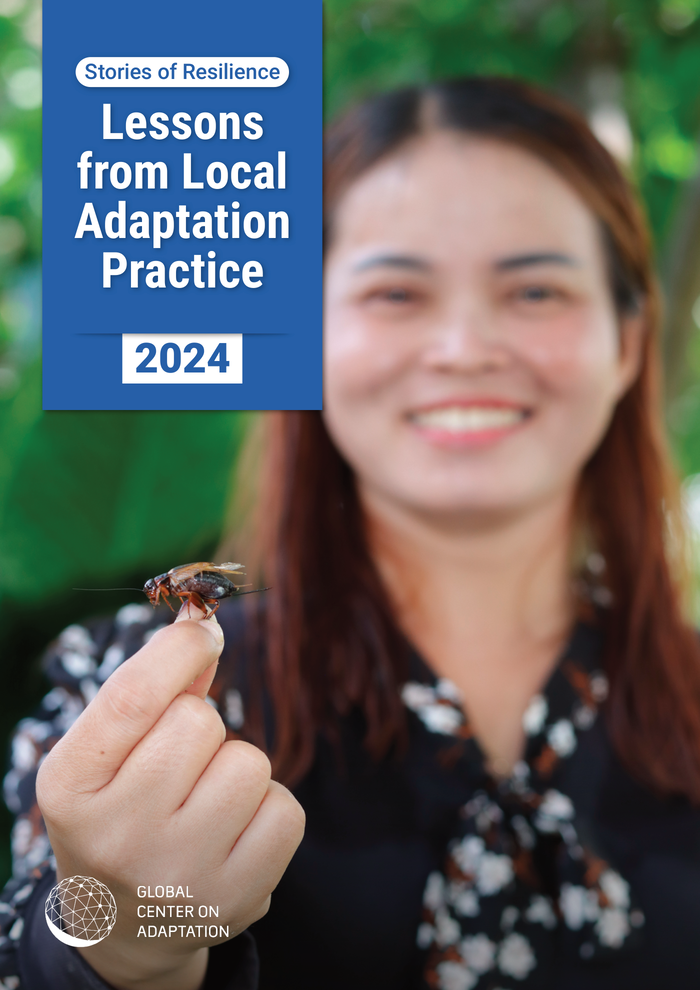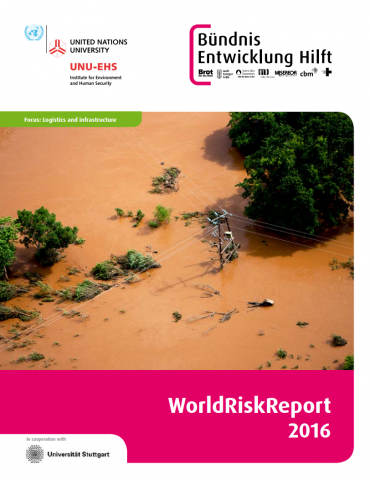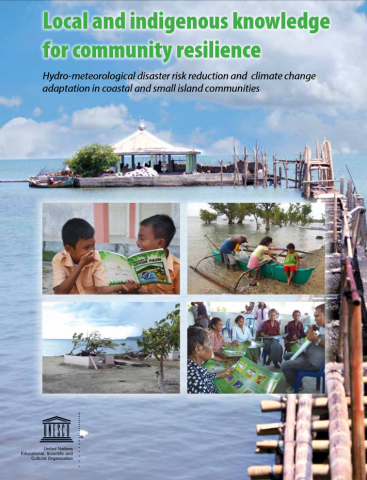Stories of Resilience: Lessons from Local Adaptation Practice 2024
Author: Global Center on Adaptation This year’s Stories of Resilience lays out the need for urgent and rapid reform in how global and national climate finance is delivered, in the power dynamics between providers and recipients, and in how success is measured. Read the report to find out what global and national systems are doing […]
Stories of Resilience: Lessons from Local Adaptation Practice 2024 Read More »





